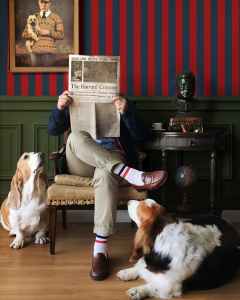In the 2009 James Cameron movie, Avatar, there was the issue of creating an alien species that was going to be realistic and relatable on an emotional point of view. Cameron stated that he wanted to not do the traditional way of make up and spot treatment. Instead he went on a route that used a lot of 3D computer graphics. He set up a rig that would have sensors all around (which is pretty ordinary). However, he ended up actually attaching a camera on a carbon fiber rod right in front of the actor’s face. What made this movie’s computer graphic rendering so much better and different from other movies at the time is that the character’s facial features would be very, very accurate and human-like, thus making them very relatable. One thing I really appreciate and admire from this project is that after viewing a info video about how they made the movie, it reminded me a lot of the facial recognition features and “animojis” that Apple recently featured in their iPhone X and the brand new iPhone XS. However, this was implemented on a larger scale in a fast-paced action movie 8 years prior. That is incredibly impressive.
A featurette of Avatar’s 3d computer graphics
![[OLD FALL 2018] 15-104 • Introduction to Computing for Creative Practice](../../wp-content/uploads/2020/08/stop-banner.png)


